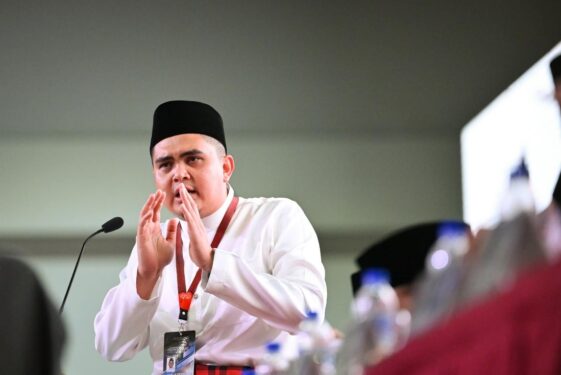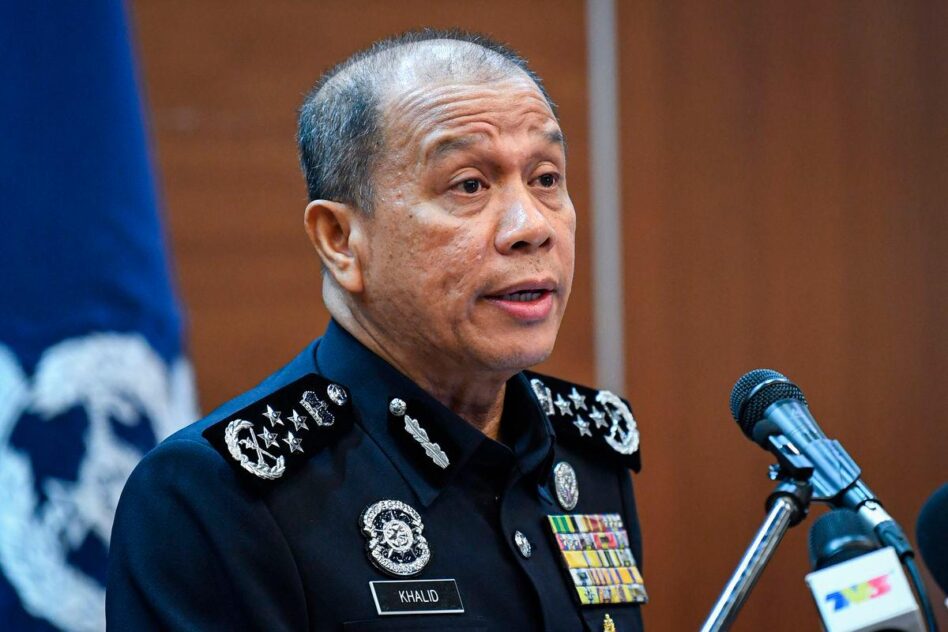AT the opening of the China International Travel Mart in Shanghai on Nov 22, Tourism, Arts and Culture Minister Datuk Sri Tiong King Sing apologised to China tourists for Malaysia’s shortcomings and vowed to provide an improved travel experience in the country.
He said Prime Minister Datuk Seri Anwar Ibrahim is very concerned about the issue and has directed relevant authorities to improve safety measures and ensure every tourist in Malaysia will have a pleasant and memorable experience.
On Nov 24, Tiong criticised Kuala Lumpur City Hall for overzealous enforcement against Chinese language signboards, saying it can tarnish Malaysia’s image as a diverse and multicultural nation.
Alas, even if much money continues to be spent on tourism infrastructure and promotions, tourist arrivals will not increase in the coming years if the numbers we manage to attract and drive away are the same.
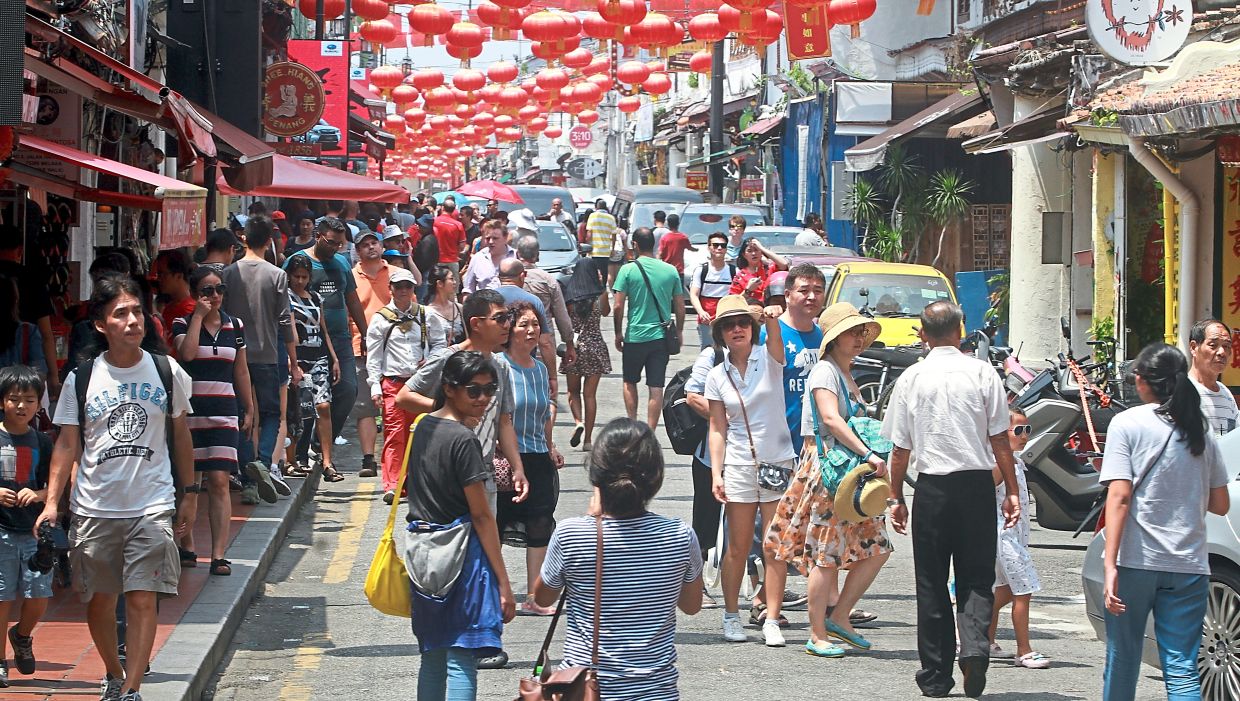
Diving deep into our plans for next year will show the fruitlessness of our efforts.
Under Budget 2025, RM600 mil has been allocated to restore and upgrade the Sultan Abdul Samad and Carcosa Seri Negara buildings. This includes constructing a multi-storey bridge connecting Taman Botani Perdana and Carcosa Seri Negara.
An additional RM110 mil is set aside to boost eco-tourism destinations such as Endau Rompin National Park, Pulau Redang and Pantai Tusan. However, foreign tourists are more likely to head for other more popular destinations in the country than those named above.
Even most Malaysians do not know whether Endau Rompin National Park is in Johor or Pahang, and the distance by road from the coastal town of Endau to this national park is 229km, and from Kuala Rompin is 205km.
Pulau Redang (up to 7km long and 6km wide) may be the biggest island off Terengganu, but it is dwarfed by Pulau Tioman (up to 21km long and 13km wide) which is located in Pahang but ferries to the island depart from Mersing in Johor.
Malaysians living in the peninsula are unlikely to have ever heard of Pantai Tusan, 40km from Miri. Even the locals prefer the town’s more popular beaches at Tanjong Lobang and Luak Esplanade during weekends and holidays.
What Pantai Tusan has to offer is on moonlit nights when ‘blue tears’ can be seen glowing from the sea water caused by dinoflagellates, an algae that emits a blue light when the water they are living in is gently rocked by waves.
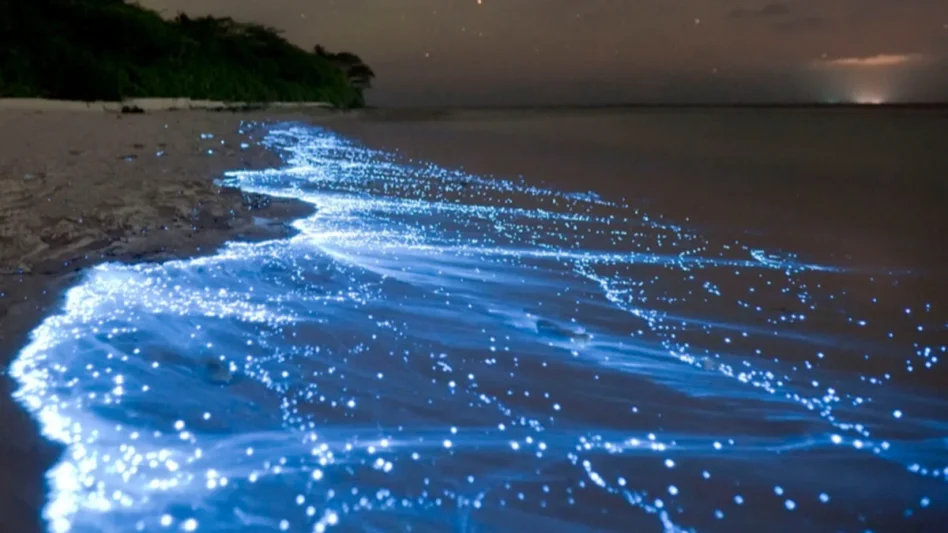
Such a phenomenon can only be found in very few places around the world, including Pulau Sembilan, south of Pangkor Island. However, the Perak state government had to close off the tiny island in 2017 as it attracted too many visitors and damaged the fragile ecosystem.
Sultan Abdul Samad building was used as the landmark of Kuala Lumpur in tourism promotions until the completion of the Petronas Twin Towers in 1998, which will remain as the permanent icon regardless if other newer buildings are taller, such as the Exchange 106 or Merdeka 118.
Being in the city centre and close to Chinatown and Central Market, many visitors walk to Independence Square to take photos of the Sultan Abdul Samad building, where tour buses would stop for photo-op. It was built by the British in 1897 using Moorish-style architecture.
The Carcosa mansion, also built in 1897, was the official residence of the British High Commissioner to the four Federated Malay States; and the guest house Seri Negara, built in 1913 on an adjacent hillock, was used to house visiting dignitaries from 1957 to 1989.
Both Carcosa and Seri Negara were converted into a luxury hotel from 1989 to 2015 but were left in disrepair in 2016 until it was turned into a museum in 2017, which attracted few visitors as there is no shortage of good museums in Kuala Lumpur and around the country.
Undoubtedly, the Sultan Abdul Samad, Carcosa and Seri Negara buildings are of great significance to our culture, arts and heritage, and they ought to be conserved.
Likewise, facilities at Endau Rompin National Park, Pulau Redang and Pantai Tusan can be better for visitors.
But spending a whopping RM710 mil on the above historical and natural sites could only increase tourist arrivals by around 30,000 per year. To achieve the Visit Malaysia Year 2026 target, arrivals must be increased by 200 times more, or six million a year, in 2025 and 2026.
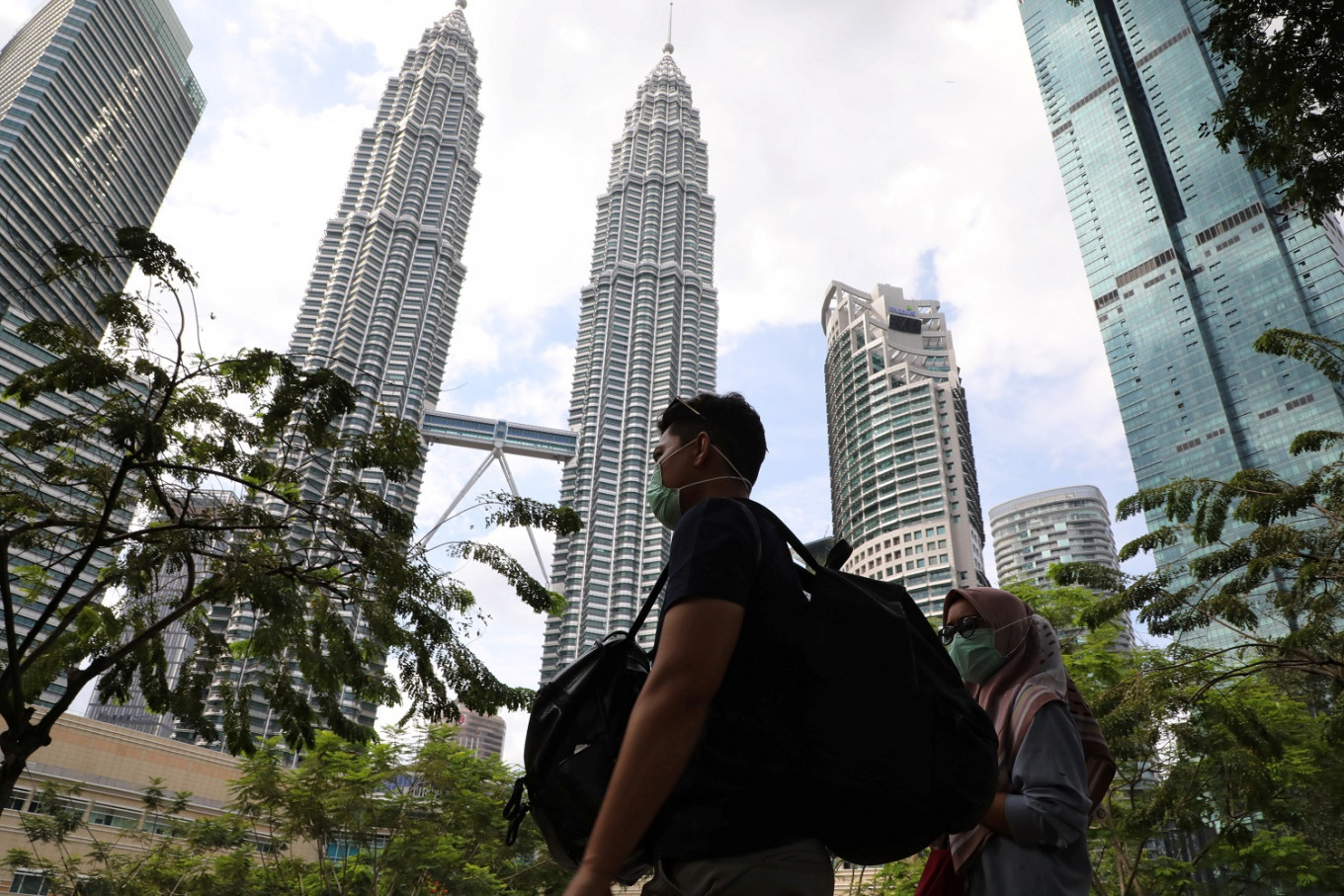
A foreign tourist may travel to Malaysia every month and stay for at least one night at a hotel or his Malaysian home to look after his business will contribute to 12 tourist arrivals for the year. Many tourists come to Malaysia at least once a year or every few years for holidays.
As such, greater focus should be placed on repeat visitors than scouring the world for new markets and tourists. The low-hanging fruits are the tourists already here and greater efforts should be made to ensure they enjoy the best possible experiences and come back for more.
Instead, they are largely left to fend for themselves. Lest we forget, the vast majority of tourists do not join tour groups to be shepherded in tour buses and follow a preset itinerary that includes sightseeing routes and stops, including for shopping, dining or entertainment.
Fruitlessly, advertising in mainstream electronic and print media will only be watched by a small number of potential customers, as the general audience automatically switches off upon noticing it is a commercial and will respond similarly to social media advertisements.
The most effective are texts, photos and videos forwarded by relatives and friends. Although some may be deleted even before viewing, they have the greatest impact on both senders and receivers. They are similar to word-of-mouth when people mostly communicate face-to-face.
Satisfied customers will make a greater impact than all the advertising or promotions any organisation can muster. On the other hand, tourists will not return after being subjected to nasty experiences. The authorities ought to treat visitors like pampered patrons in restaurants.
In summary, tourists should not be left to fend for themselves. The authorities and building management should be more proactive by offering better facilities and activities to enhance tourists’ experience. – Nov 25, 2024
YS Chan is an ASEAN Tourism Master Trainer, master trainer for Mesra Malaysia and Travel & Tours Enhancement Course. He is also a tourism and transport industry consultant and writer.
The views expressed are solely of the author and do not necessarily reflect those of Focus Malaysia.



